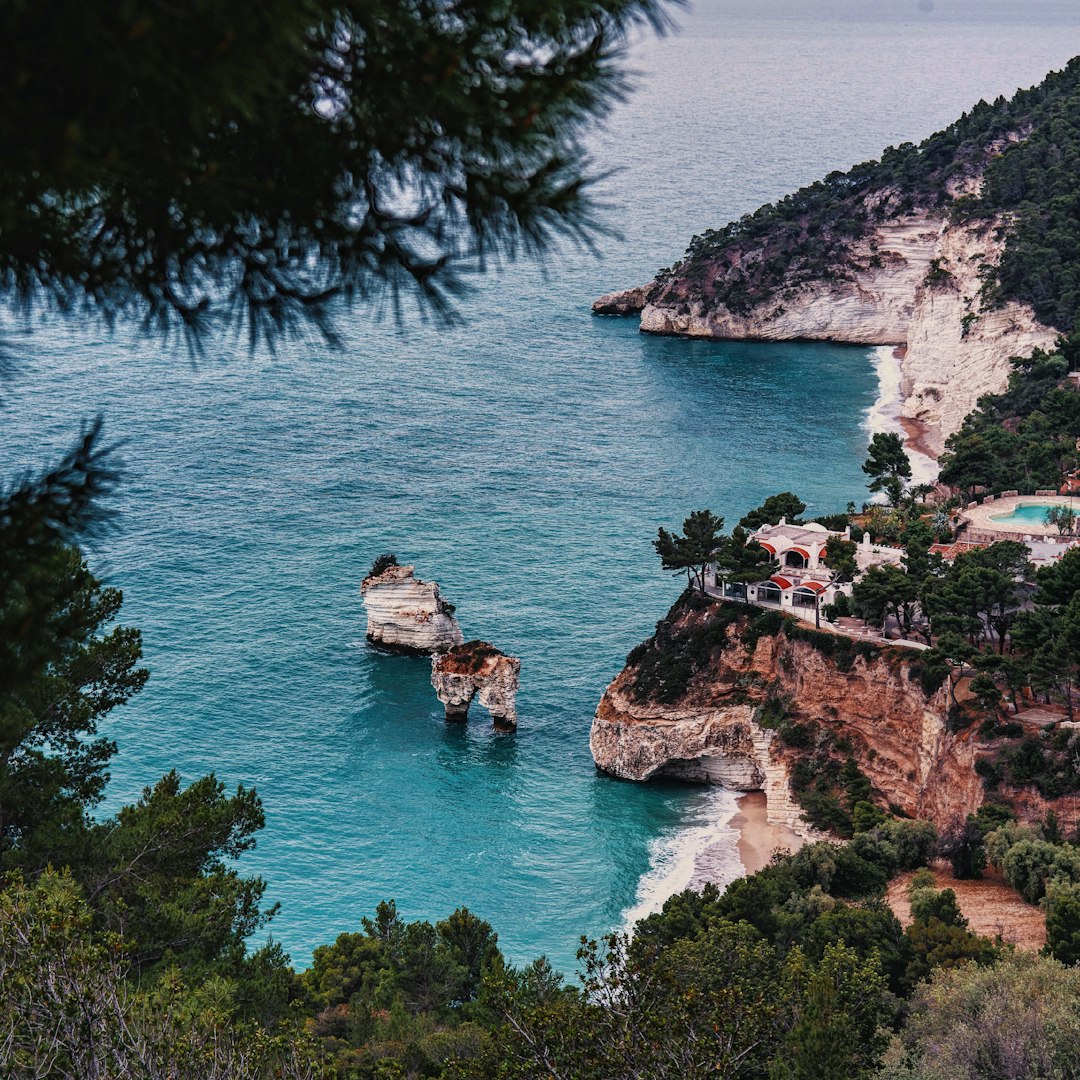In the northern part of Puglia, close to the border with the Molise region, lies the Gargano Peninsula, a limestone mountain range on the sea. Full of coastal towns, UNESCO forests, and churches carved into rocks, it is a wonderfully lesser-visited contrast to the Amalfi Coast, at least by non-Italians. And it has been haunted since antiquity.
According to legend, the limestone caves housed pagan gods; the deep forests sheltered witches. Local lore warns of werewolves. The Gargano region is also the birthplace of Padre Pio, Puglia’s patron saint.
The Gargano is a perfect setting to look at the supernatural in the Gothic. Encyclopedia Britannica defines supernatural as “things that cannot be explained by science and seem to involve ghosts, spirits, magic.
In the Gothic, the supernatural takes the form of creatures such as witches, faeries, vampires, ghosts and the aforementioned werewolves, to name a few. In Puglia, the Laùro, a puck, roams the area, sometimes helping farmers and playing tricks on people.
The supernatural also applies to strange events – an inexplicable draft indoors or moving figures in wallpaper, such as in Charlotte Perkins Gilman’s “The Yellow Wallpaper”, voices and apparitions like in Sylvia Moreno Garcia’s Mexican Gothic – that cannot be rationally explained.
These occurrences signal a world beyond our own, forces beyond our comprehension. Critic Terry Castle posits that the Gothic was borne from a visceral response to the scientific revolution, whose byproduct was the loss of a sense of wonder. This created, according to Castle, “the emotional void left by that complex and momentous historical transformation known as secularisation.”1 We gained knowledge but lost magic.
Such creatures were forever banished to the realm of the diseased mind. The idea that one could see and hear things that others could not, that one could feel the presence of or communicate with the dead, came to be associated with insanity, heresy and depravity.
The genre challenges us, not unlike its arch-rival science, to see a world beyond the world, where fantastical possibilities exist. The genre challenges Puritanism and the scientific rejection of the fantastical. Count Dracula is a villain and a monster, but also a libertine, flouting societal and Christian norms of decorum and sexuality.
As an element of plot and character, the supernatural can heighten tension or anxiety. The reader is often on the side of the character who experiences the events, watching as they try to convince others or struggle to come to grips with it themselves. “The Yellow Wallpaper”, Mexican Gothic, and Edgar Allen Poe’s numerous gothic short stories utilise this technique. The supernatural can also spur the protagonist to action, setting them on a quest to solve the mystery or to end the curse.
If you’d like to learn more about how to use the supernatural and other Gothic elements in your writing, consider taking a Gothic genre writing workshop. You’ll spend a week in a spooky 900-year-old Italian convent with other writers learning the tips and tricks of the genre.
Castle, T. (2005). The Gothic novel. In J. Richetti (Ed.), The Cambridge History of English Literature, 1660–1780 (The New Cambridge History of English Literature, pp. 673-706). Cambridge: Cambridge University Press



"We gained knowledge but lost magic."
Indeed!
"The genre challenges us, not unlike its arch-rival science, to see a world beyond the world, where fantastical possibilities exist. The genre challenges Puritanism and the scientific rejection of the fantastical. Count Dracula is a villain and a monster, but also a libertine, flouting societal and Christian norms of decorum and sexuality"
This was such a delightful read!!! Thank you.
so very gorgeous. Bookmarking to come back to for a deeper dive, but right now this gorgeous image is haunting me (in a good way).